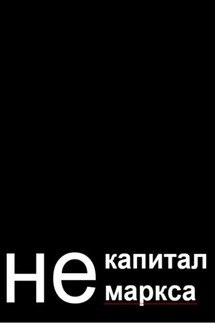The General Theory of Capital: Self-Reproduction of Humans Through Increasing Meanings - страница 41
“But even in much simpler societies than ours a great deal of labor was always mental rather than physical—deciding how to approach a task, how to execute it with the limited power available, how to lower energy expenditures—and the metabolic cost of thinking, even very hard thinking, is very small compared to strenuous muscular exertion. On the other hand, mental development requires years of language acquisition, socialization, and learning by mentoring and the accumulation of experience, and as societies progressed, this learning process became more demanding and longer lasting through formal schooling and training, services that have come to require considerable indirect energy inputs to support requisite physical infrastructures and human expertise” (Smil 2017, pp. 18-9).
An increased complexity of meanings is not necessarily the result of increased energy use, but the opposite is the case: changes in energy use depend on changes in the complexity of meanings. Increasing complexity requires a more efficient use of energy (cf. Smil 2017, pp. 417-8). Applied to culture-society, the principle of least action is first and foremost an information principle and only then an energy principle.
Productivity improvements are aimed at increasing the efficiency of activity and reducing the volume of activity required to meet needs. This can be done in two ways:
(1) by excluding redundant figurae, that is, by bringing the mass of an action closer to the possible minimum (economy of action);
(2) by complicating the meaning in a way that increases its effectiveness and/or reduces its intensity.
Productivity growth means increasing efficiency and saving labor, including through the use of indirect or roundabout production methods and tools: domestic animals, machines and mechanisms, etc.
The means of activity are an integral part of minimal actions: metal, furnace, hammer, and anvil are necessary elements of blacksmithing; wool and a spindle (or spinning wheel) are necessary for spinning. The elaboration of the means increases the complexity of the action: if means are lacking, one must first expend activity to produce them. In other words, the complexity of minimal production actions (e.g., blacksmithing or spinning) includes the complexity of the actions to produce their means of production. Similarly, the complexity of minimal consumption actions includes the complexity of consumer articles: before goods can be consumed, they must be produced.
The phase of technological development that began with the transition from hunting and gathering to herding and farming, brought with it a decrease in the intensity of activity and an increase in its complexity. Agricultural evolution was also the evolution of man himself: it reduced the intensity of his activity and changed his skeleton:
“A great deal of traditional farming required heavy work, but such spells were often followed by extended periods of less demanding activities or seasonal rest, an existential pattern quite different from the nearly constant high mobility of foraging. The shift from foraging to farming left a clear physical record in our bones. Examination of skeletal remains from nearly 2,000 individuals in Europe whose lives spanned 33,000 years, from the Upper Paleolithic to the twentieth century, revealed a decrease in the bending strength of leg bones as the population shifted to an increasingly sedentary lifestyle. This process was complete by about two millennia ago, and there has been no further decline in leg bone strength since then, even as food production has become more mechanized, an observation confirming that the shift from foraging to farming, from mobility to sedentism, was a truly epochal divide in human evolution” (Smil 2017, p. 53).







